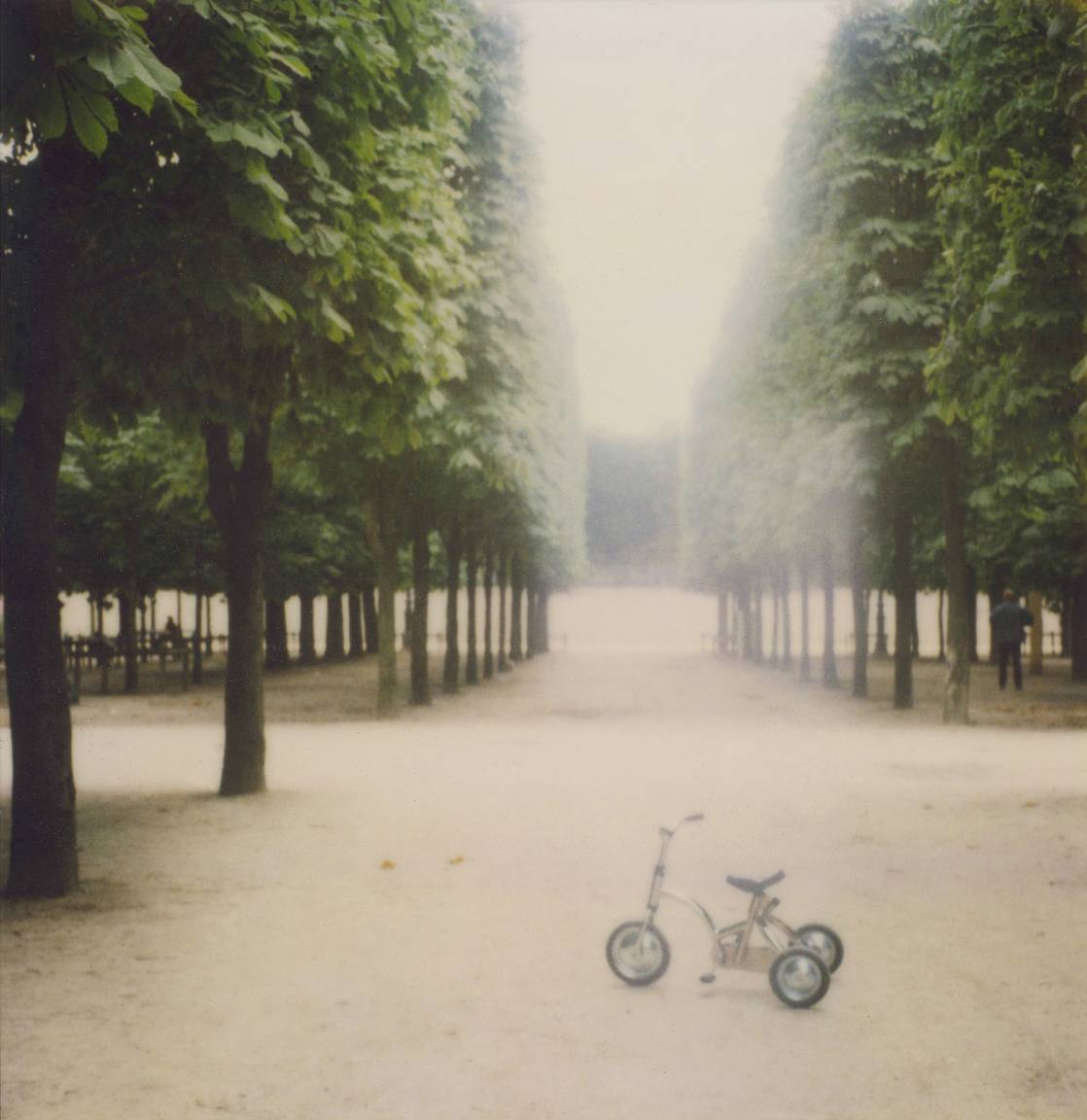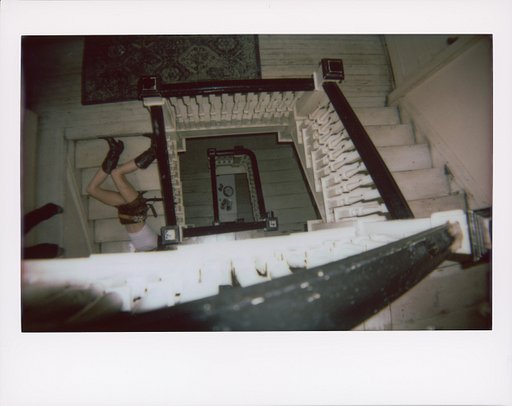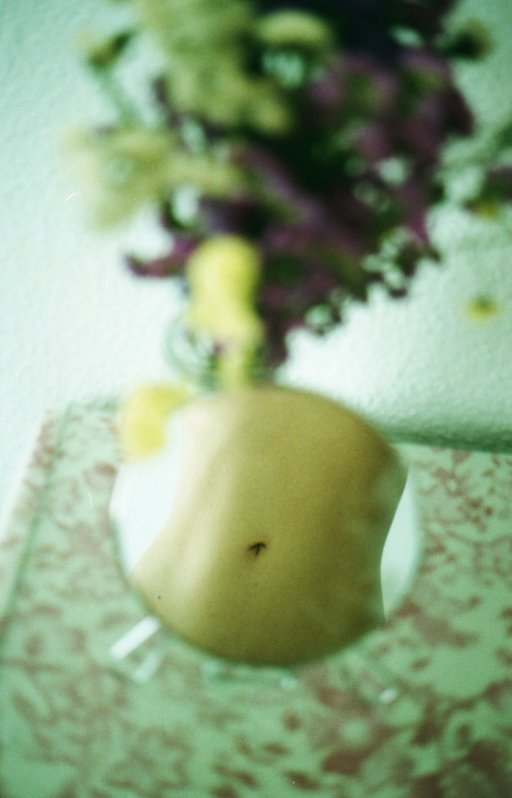Tales of Light: An Interview with Fernanda Montoro
2 24 Share TweetIn the visionary world of Uruguayan photographer and filmmaker Fernanda Montoro, there's always the mono no aware or the atmosphere of 'beauty in the impermanence'. Highly inspired by the works of Andrei Tarkovsky, she channels the legend's style on film while putting her own analogue flare. Get spirited away through this exclusive interview.
When did your interest in film photography start?
It was around twelve years ago. I was studying filmmaking in London, and while doing some research online I came across what I initially thought It was a painting. Reading the description I learned that those unique colours and textures actually came from a Polaroid picture! I got in touch with the Japanese photographer and she gave me more info: it was taken with an SX70 camera and the now extinct Time Zero Film. One week later I got my first SX70 camera on eBay and I was starting a lifelong passion
What are your favorite analogue techniques?
Instant and 35mm film are my closest companions. I found them to be very versatile, trying and learning new techniques with them happen quite naturally. At the moment I’m passionate about experimenting with multiple, long exposures and night photography.
Let's talk about your photography style. Your images hold a very surreal and dreamy aesthetic in them. May you share to us how you create such pictures?
My approach to photography, and to life in general, is very instinctive, I try not to overthink. It’s more about tunning in, about being fully present at the moment. I try not to worry much about rules and technicalities, and to connect more towards feelings and mood.
We also love the fact that some of your photographs are being used as book covers – the printed word and the printed image together. May you share to us what makes film photography stand out in this digital age?
I think film photography has a timeless quality to it. When you look at analogue pictures, if there are no elements hinting at when they were taken, it is very difficult to tell. They are like the blurred reflections of images remembered or dreamed. Not having that much detail makes them timeless, universal. My summer house captured on film could be your summer house. Also, analogue unique qualities of saturation, texture and imperfections give ordinary everyday life an otherworldly aspect. All of these, I think, make film photography work well in book covers, or when needing to convey emotions without being too explicit.
If you could work or collaborate with any photographer, artist or person, dead, alive or fictional, who would it be?
The first that comes to mind, and one of my biggest influences, is the great Russian director Andrei Tarkovsky. His mesmerising depiction of reality, memory and dreams have deeply shaped my work. Working and learning directly from him would be more than I could ever dream of. Thinking of masters still alive now, David Lynch would be my choice. The collaboration could be working on one of his films – if only I could go back in time and be on the set of Twin Peaks! – or making the artwork for his upcoming music album, or helping him share with the world the transformative power of meditation.
For you, what's the most important component to consider in a photograph?
I’m drawn towards photographs that make me feel something. For me, a photo being only technically good is not enough.
Any tip or two for the newbies out there for those who are interested in experimenting with analogue techniques? What's the best technique to start with?
I would start with a point and shoot or a Polaroid camera. The more basic the better. And I would advise him/her not to get discouraged if the first rolls don’t come as expected. It takes time and practice, lots of practice. I believe that practice is more important than taking classes or watching tutorials, as trial and error is a very important part of the learning process.
Then, once it all feels more comfortable, it comes easier to try cameras with more settings, more variables. I would also point out that having a limited number of shots, while at the beginning can be seen as a liability, is one of the best teachers you can have. It makes you respect the medium, compose more carefully, connect before clicking the shutter. So, have patience, have fun and the rewards will come.
Describe to us – what's a day in the life of Fernanda Montoro look like when you're not photographing? What do you usually do during your downtime?
Last year we moved with Agustin, my boyfriend, and our cats, to a house on top of a hill in a small seaside town in Uruguay. After living in big cities for a long time, I am finding it therapeutic to live in a quiet place, close to nature. Every morning I wake up early and after a good cup of coffee, I practice Ashtanga Vinyasa Yoga, followed by meditation and pranayama. Attuning body and soul before starting daily commitments is an important part of my daily routine. Then it comes to work time. With Agustin, we have a TV show on Cartoon Network, which is currently on its 5th season. So a big part of our day is dedicated to that. In the evenings I switch to photography, and you can find me scanning, editing or preparing for shoots. If the night looks promising – as it is during a new /full moon, or if we notice fog building up – we grab our kits, which apart from camera gear includes a small tent, torches, warm clothes, etc, and head to a nearby beach or woods.
Lastly, any on-going project, or other plans you're keen to work on?
I currently have many things going on! To name a few: I’m editing the photographs from a new series called “Cine”, from a recent trip to London. There are more exciting book covers on the way. With another friend couple, we have an ongoing project that involves experimenting with pinhole and long, very long exposures. And also, together with them, we were lucky to have won a huge bundle of vintage cameras at a closing shop auction. It’s a treasure chest comprising of hundreds of cameras of different formats, ages and conditions. I envision an upcoming winter testing and playing with them all.
Visit her website and Instagram for more of her works. All rights reserved to Fernanda Montoro.
written by cielsan on 2019-06-01 #people #instant-photography #film-photography #fernanda-montoro






































2 Comments